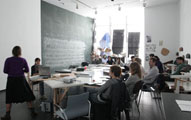
Tour to the exhibition of the CA2M funds followed by a talk on the way of including contemporary art in the classroom.
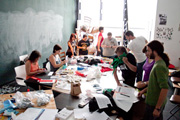
Aimed at people engaged at teaching in formal and non-formal settings (associations, schools, town hall, social projects), fine art students, pedagogy and social education.

Along the academic year, CA2M will offer visits and colloquiums about the exhibitions that CA2M houses. After touring the exhibition, we will have a dialogue in the galleries where CA2M educators will propose different methodological strategies to work with the pupils the exhibitions.
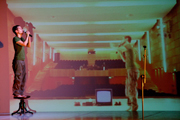
Pere Faura (Barcelona, 1980) is a dancer and choreographer. He has studied music, theatre, ballet and audiovisual communication. Between 2002 and 2006, he studied choreography at the School for New Dance and Development in Amsterdam.
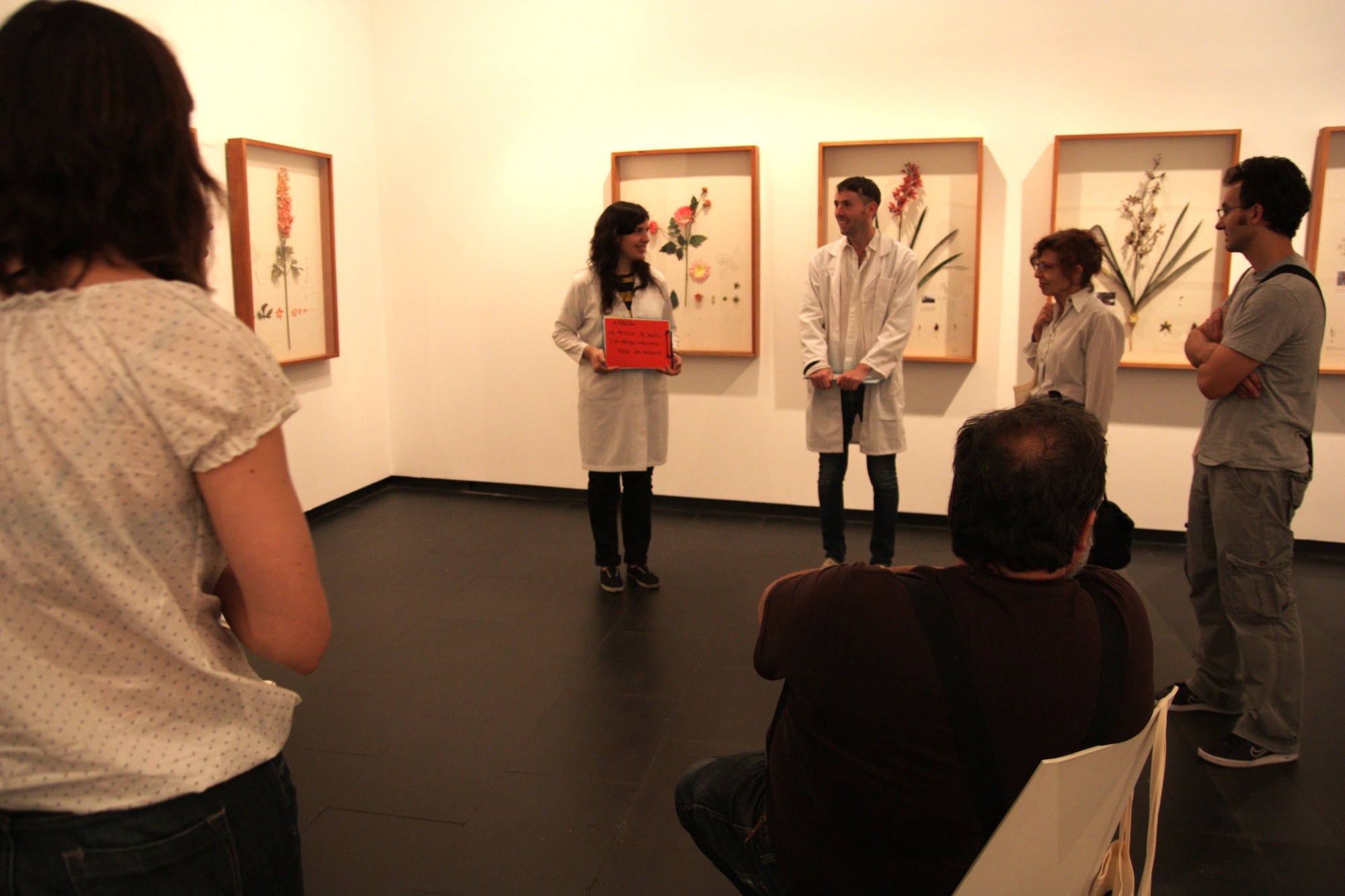
We encourage art and science teachers to participate in this experimental tour focused on providing with educational tools. We will talk about how the dialogue between these two fields can be helpful to introduce a new teaching concept. All participants will be given a complimentary copy of the catalogue of the exhibition and learning materials.
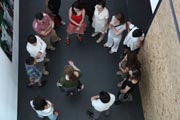
Over the course of the year we will hold tours and talks for the exhibitions held at the CA2M. After a tour of the exhibition, CA2M educators will discuss different methodologies for working on the exhibition with pupils. Teachers will also be given an information pack with details on the exhibition so that they can familiarise themselves with art.
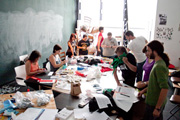
During this 21-hour theoretical course, key aspects of contemporary art will be openly discussed in order to understand and interpret contemporary art: from the death of the author and the crisis of the subject to the end of meta-narratives and the emergence of art as critical thinking.
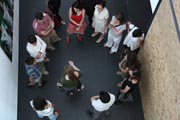
Over the course of the year, we will hold tours and talks for the exhibitions held at the CA2M. After a tour of the exhibition, CA2M educators will discuss different methodologies for working on the exhibition with pupils. Teachers will also be given an information pack with details on the exhibition so that they can familiarise themselves with art.